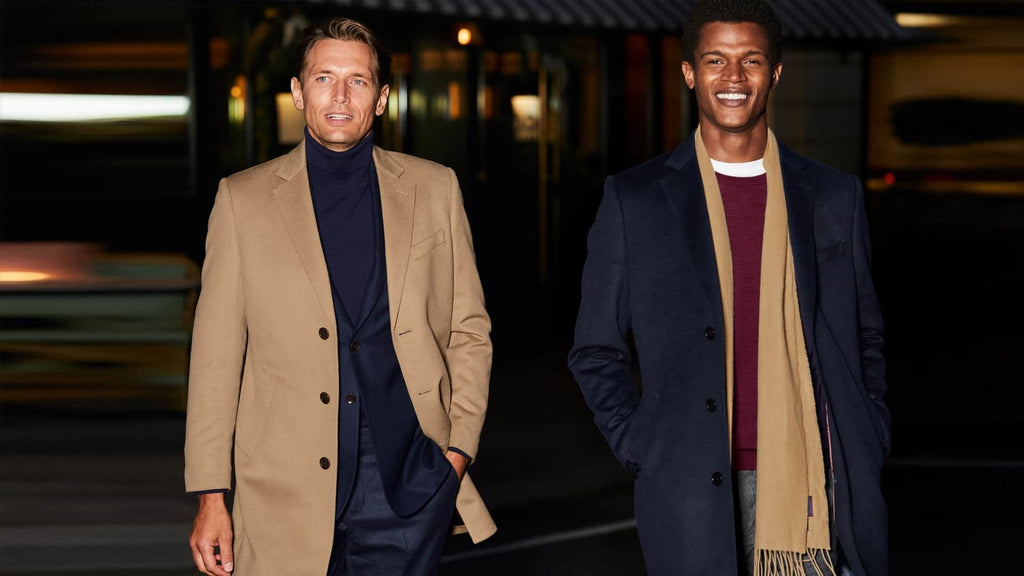What is the Best Lining for an Overcoat?

An overcoat is not merely a garment designed to keep you warm; it is a style statement and a reflection of your personality. One crucial element that often goes unnoticed but plays a pivotal role in the comfort and durability of an overcoat is its lining.
Choosing the best lining for an overcoat involves considering various factors, including comfort, climate, and personal preferences.
- Comfort is Key
The primary purpose of an overcoat is to provide warmth, making comfort a crucial factor in selecting the right lining. When it comes to comfort, materials like silk and viscose stand out. Silk linings are known for their smooth texture against the skin and lightweight feel, ensuring that the overcoat remains comfortable throughout the day. Viscose, a semi-synthetic material, offers similar benefits, providing a soft and breathable lining that enhances overall comfort.
- Climate Considerations
The ideal lining for an overcoat depends significantly on the climate in which it will be worn. For colder climates, a quilted lining can be an excellent choice. Quilted linings provide additional insulation, trapping warmth and creating a barrier against the cold. This type of lining is often composed of materials like polyester, ensuring that it effectively retains heat without adding excessive bulk to the overcoat.
In milder climates, a lightweight lining made of breathable materials such as cotton or a cotton blend might be more suitable. This allows for temperature regulation, preventing the overcoat from becoming uncomfortably warm. Additionally, a breathable lining helps manage moisture, keeping the wearer dry even in unpredictable weather conditions.
- Durability and Longevity
A well-constructed overcoat is an investment, and the choice of lining significantly impacts its durability. Polyester linings are renowned for their durability and resistance to wear and tear. They are particularly effective in preventing the overcoat from losing its shape over time. Polyester also has the advantage of being relatively low-maintenance, making it a practical choice for those seeking a lining that can withstand the test of time.
- Style and Aesthetics
The lining of an overcoat can contribute to its overall aesthetic appeal. For those with a penchant for luxury, a silk or satin lining adds a touch of elegance to the garment. These materials not only feel luxurious against the skin but also offer a subtle sheen that elevates the visual appeal of the overcoat.
For a more understated and classic look, a polyester or viscose lining in a neutral color may be preferable. The goal is to choose a lining that complements the outer fabric of the overcoat and enhances its overall appearance.
- Practical Considerations
In addition to comfort and aesthetics, practical considerations should also guide the choice of overcoat lining. If the overcoat will be worn frequently, especially in formal settings, a lining with anti-static properties can be advantageous. This helps prevent the occurrence of static electricity, ensuring a polished and professional appearance.
Conclusion: Striking the Right Balance
In conclusion, the best lining for an overcoat is a matter of striking the right balance between comfort, climate suitability, durability, style, and practicality. Each individual's preferences and the intended use of the overcoat will play a significant role in determining the most suitable lining material.
Whether it is the luxurious feel of silk, the insulating properties of polyester, or the timeless elegance of a quilted lining, making an informed choice ensures that your overcoat not only keeps you warm but also reflects your personal style.





